All software products are typically accompanied by technical documentation.
These texts help users understand the product further, providing feature explanations, code samples, and examples of the software in action.
In other words, the documentation serves as a reference point for users, guiding them through software use.
Considering end-users are the target audience, these texts must be written as such—in a user-friendly fashion. Consequently, usability is a chief attribute.
If you’re unsure how to ensure usability, you’re in the right place. This article dives deep into this concept, elucidating what exactly usability entails, why it’s significant, and its best practices.
What Is the Usability of Technical Documentation
Technical documentation is generally written with one end goal: to give the reader a better understanding of the product.
Users read these texts to find solutions to their problems and answers to their questions about the product.
Whether a technical document facilitates this aim is measured by its usability—how easily a user can use technical documentation for a specific purpose. Here's how to test the usability of technical documents.
Several key attributes indicate high usability, depicted in the visual:
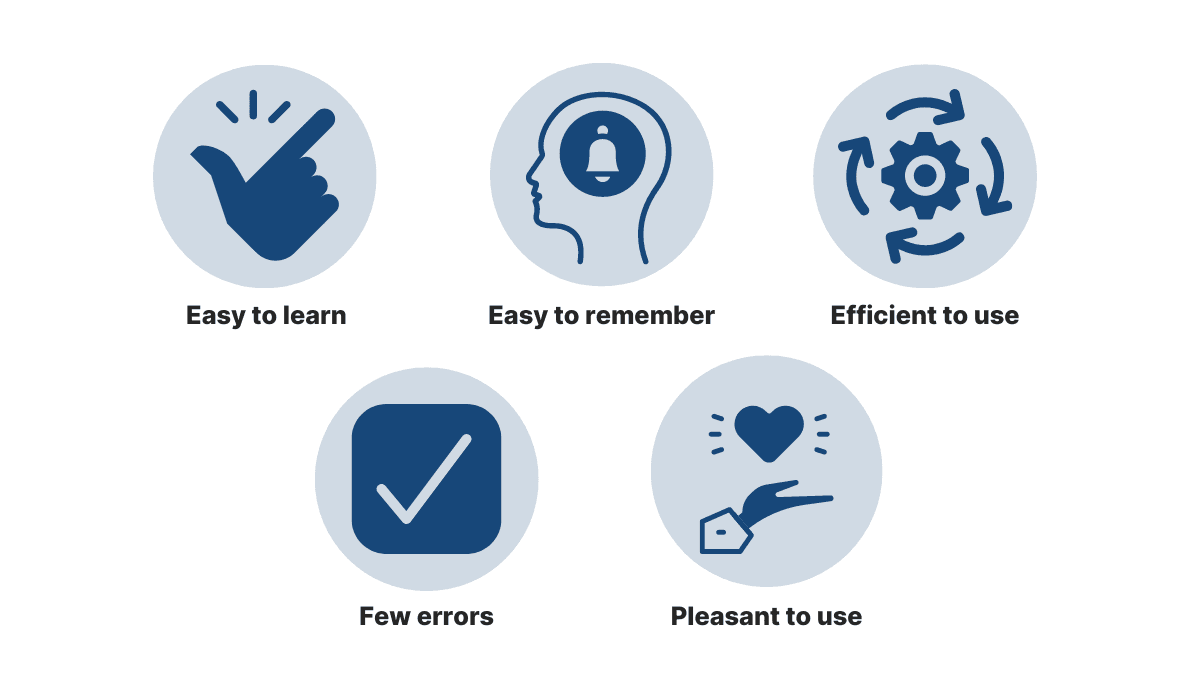
Source: Archbee.com
The reader should quickly learn the information in the technical documentation. Even complex processes and concepts should be clearly explained.
Furthermore, the newfound knowledge should be easily remembered—you don’t want users constantly revisiting these documents for the same information.
Efficiency is also essential. Detailed documentation will solve the reader’s problem in no time.
In the same vein, these texts shouldn’t contain any errors (e.g., incorrect information or dead links) so as not to hinder users from completing their objectives.
Finally, technical documentation should be pleasant, meaning that users should enjoy reading it.
To further bolster your technical documentation’s usability, it’s also recommended to utilize information scent.
As users explore documents, they won’t necessarily know which sections are relevant. This is where information scent enhances usability.
Look at Twilio’s documentation:
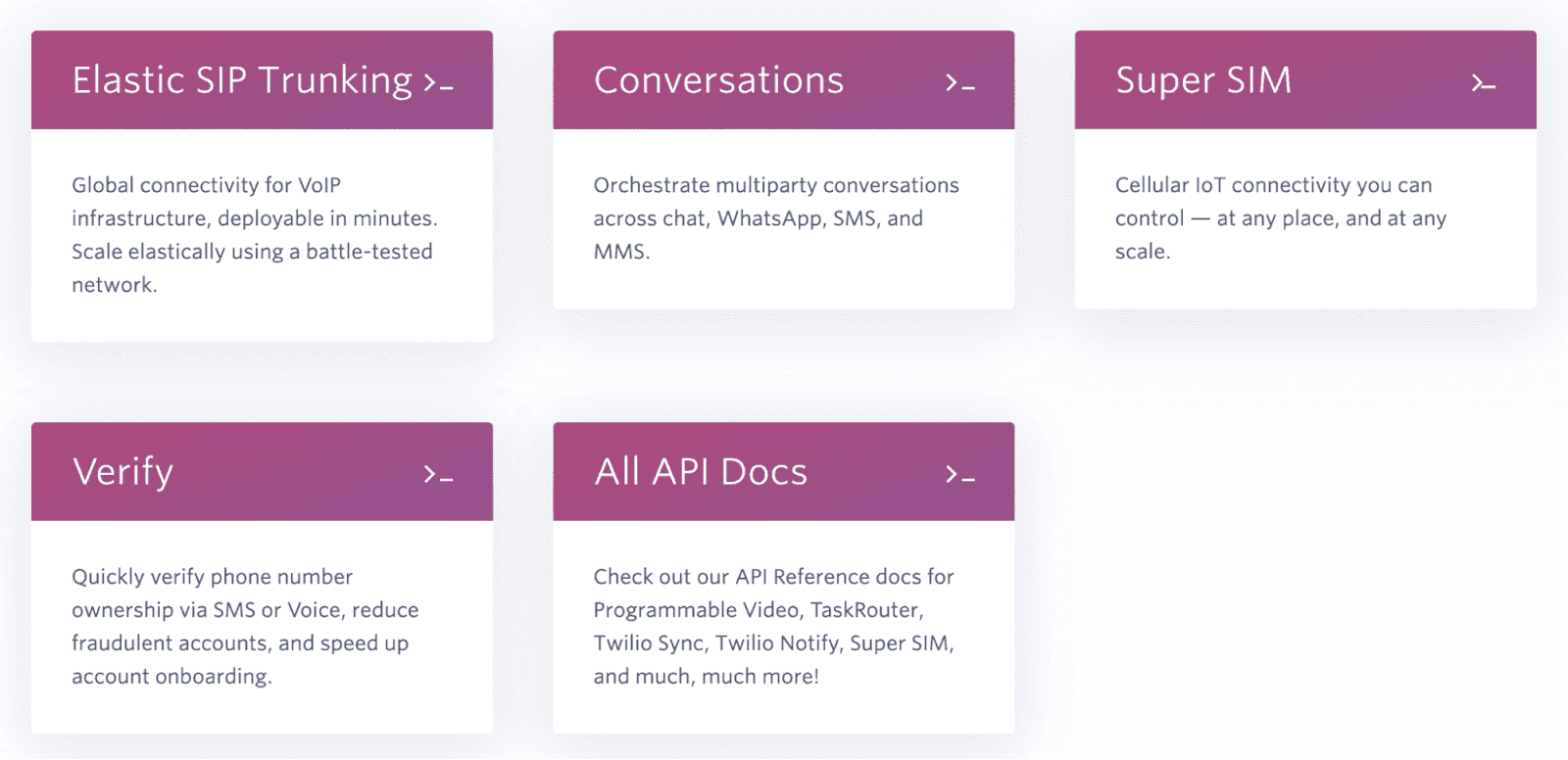
Source: Twilio
Each heading is further described with brief underlying text. These snippets are essential to utilizing this documentation, as some categories are relatively vague.
However, the additional sentences clarify the exact content.
These small summaries are an example of information scent. They help the user estimate the value the documentation will offer, therefore increasing the text’s usability.
Therefore, information scent is defined as:
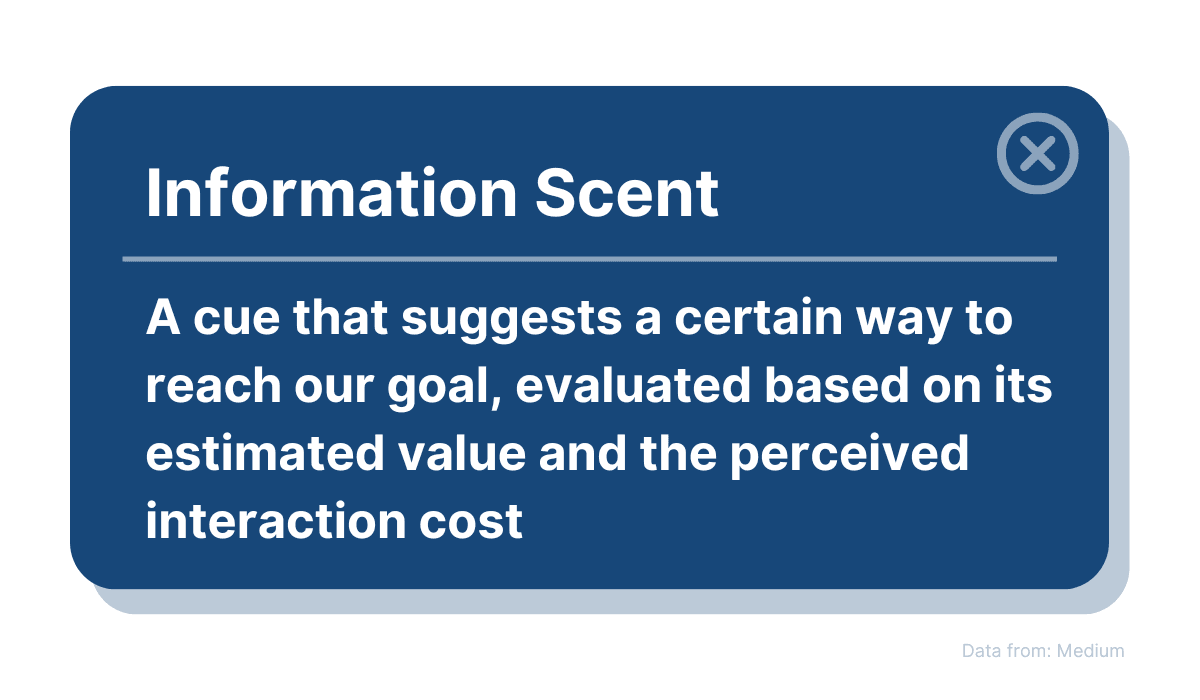
Source: Medium / Image: Archbee.com
To sum up, information scent is a hallmark of high usability and should be included in all technical documentation.
Nowadays, usability is non-negotiable in technical software documentation, as users typically expect user-oriented content.
Look at these findings:
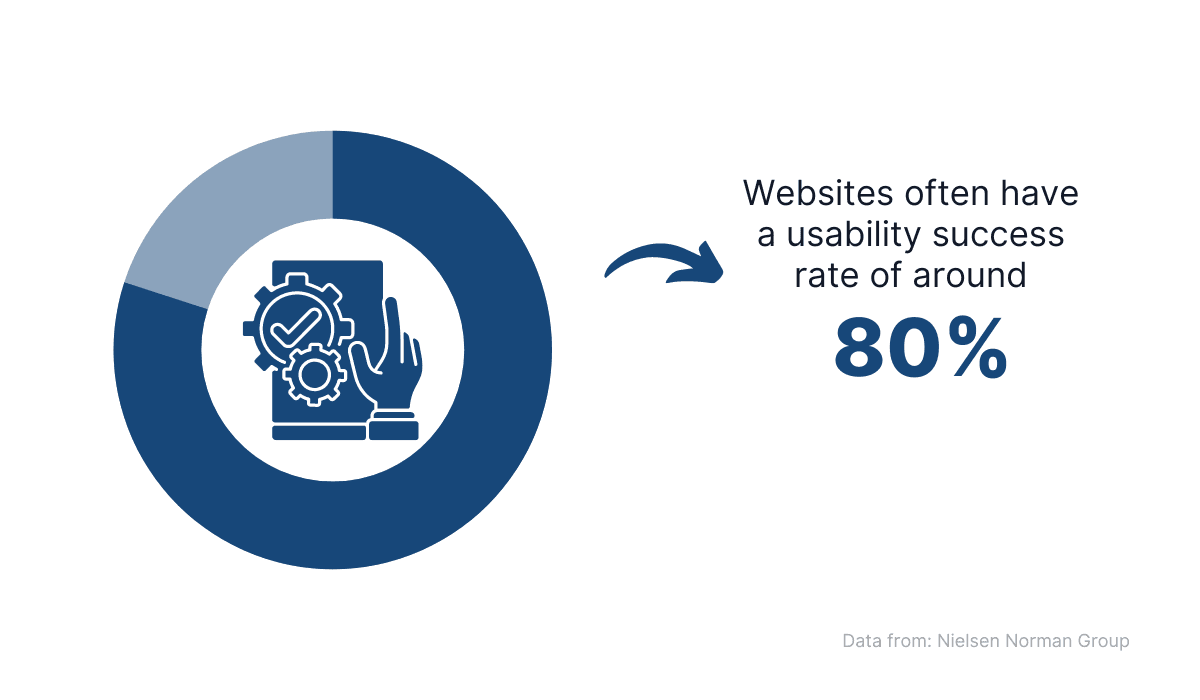
Source: Nielsen Norman Group / Image: Archbee.com
Technical software documentation is often hosted online since paper documentation is becoming obsolete.
As users are generally accustomed to high usability standards on the web, they’ll also expect the same from technical documentation.
In other words, technical documentation with low usability should be considered a thing of the past.
Why Is Usability Important for Technical Documentation
As mentioned previously, users tend to read technical documentation to learn more about a software product.
However, given how complex software can be, the documentation is seldom succinct and can be challenging to navigate.
To reach the needed information, readers must forage for information. Information foraging describes the process of looking for relevant information while striving to exert the least effort.
In other words, users prefer not to work too hard when finding the information they need.
To make the information foraging process as painless as possible, high usability in technical documentation is critical, as it enables users to find information quickly, understand it immediately and apply it easily.
Furthermore, users typically want to acquire such knowledge on their own, which usable technical documentation enables.
Look at these findings:
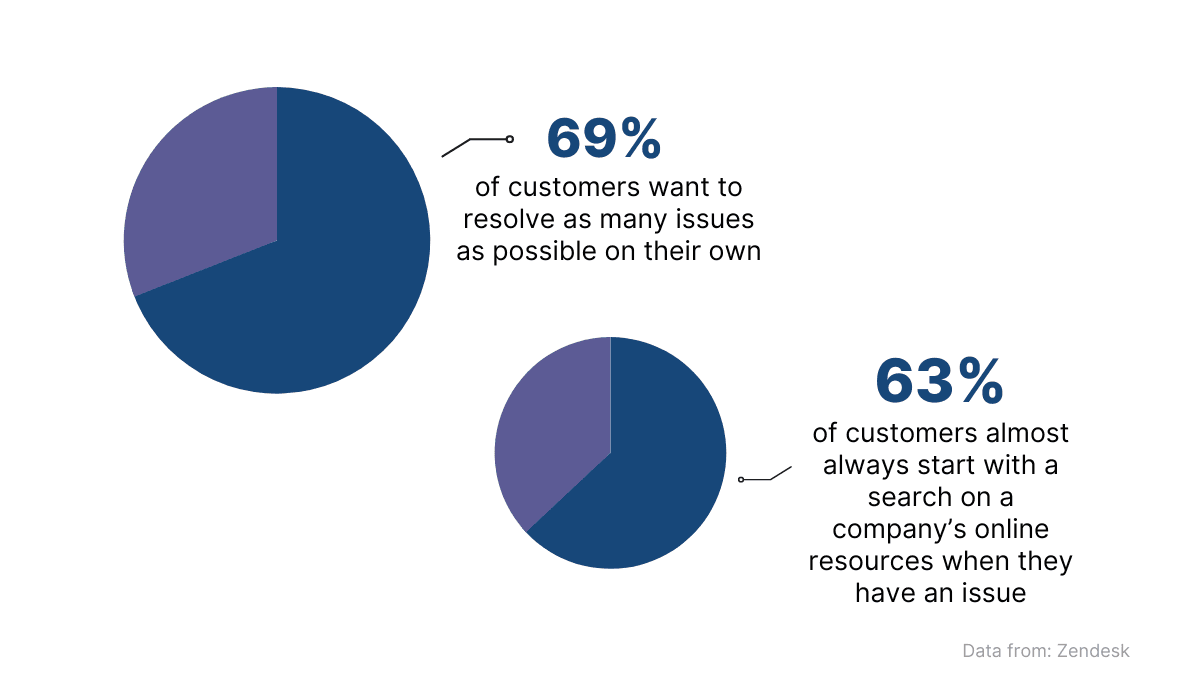
Source: Zendesk / Image: Archbee.com
Technical documentation with high usability can easily solve customer issues, as readers will quickly discover the answers they need.
Consequently, customer support inquiries should decrease, since users are empowered to resolve their concerns independently. On the other hand, if the technical documentation isn’t user-orientated, support costs will increase, as frustrated users will contact the company for additional clarification. We made an article on how to reduce customer support costs for your SaaS!
With this in mind, it’s clear that usability in technical documentation is vital to alleviating your customer service workload.
However, usable technical documentation doesn’t only impact your existing customers.
When potential users are interested in your software, they’ll likely take a look at your technical documentation.
If the texts are user-oriented (clear, detailed, and supported by examples), you’ll probably attract the prospect.
After all, who would purchase software that isn’t accompanied by quality resources?
Mats Hermansson addressed this sentiment, stating:
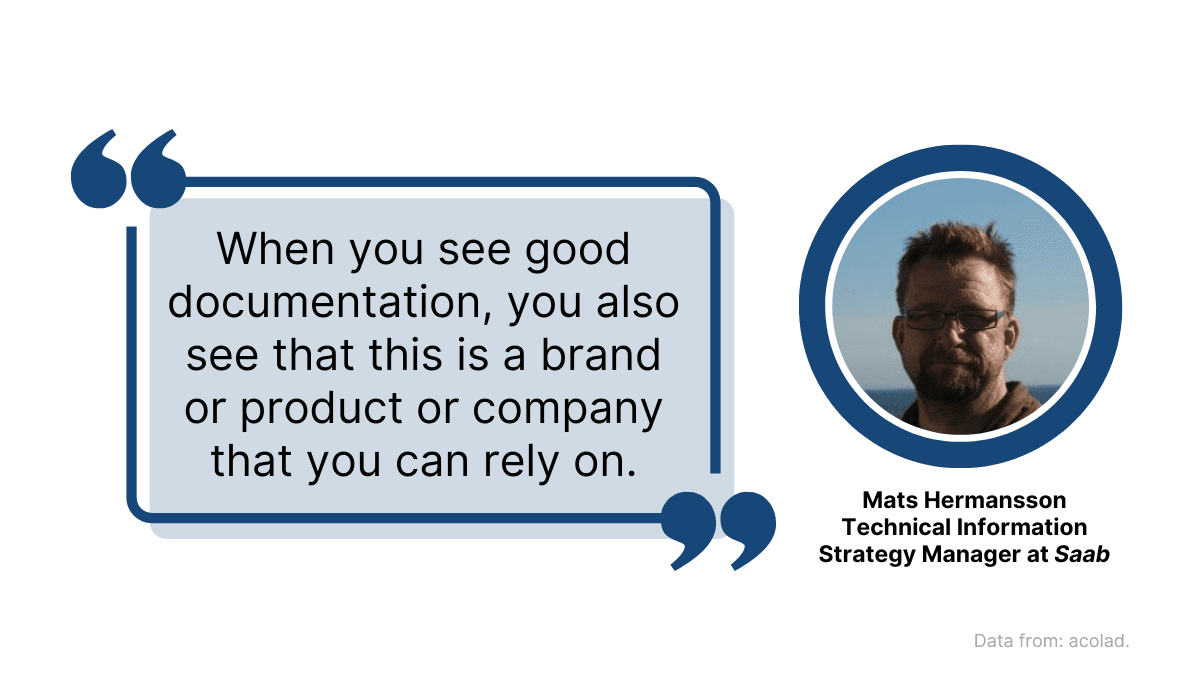
Source: acolad. / Image: Archbee.com
Users appreciate a company they can rely on, and usable technical documentation is proof of that dependability.
If a prospect notices high usability in your technical documentation, they might turn from a prospect into a customer.
After all, usability in technical documentation means a lot to customers and is a quality they’ll seek when making software choices.
How to Know Your Documentation Has Poor Usability
To reap the benefits of technical documentation with high usability, it’s essential to first pinpoint any components with poor usability.
All detrimental factors should be identified and reworked to provide users with an optimal experience.
Each element should be examined, no matter how small. For example, despite their minute size, buttons significantly impact usability.
These elements are portals between pages, making them essential for navigation.
Consequently, the following rule is critical:

Source: InVision / Image: Archbee.com
Users need to recognize buttons with the help of visuals. Otherwise, they’ll have difficulty using them and will struggle to progress through the documents.
For example, consider Slack’s documentation:
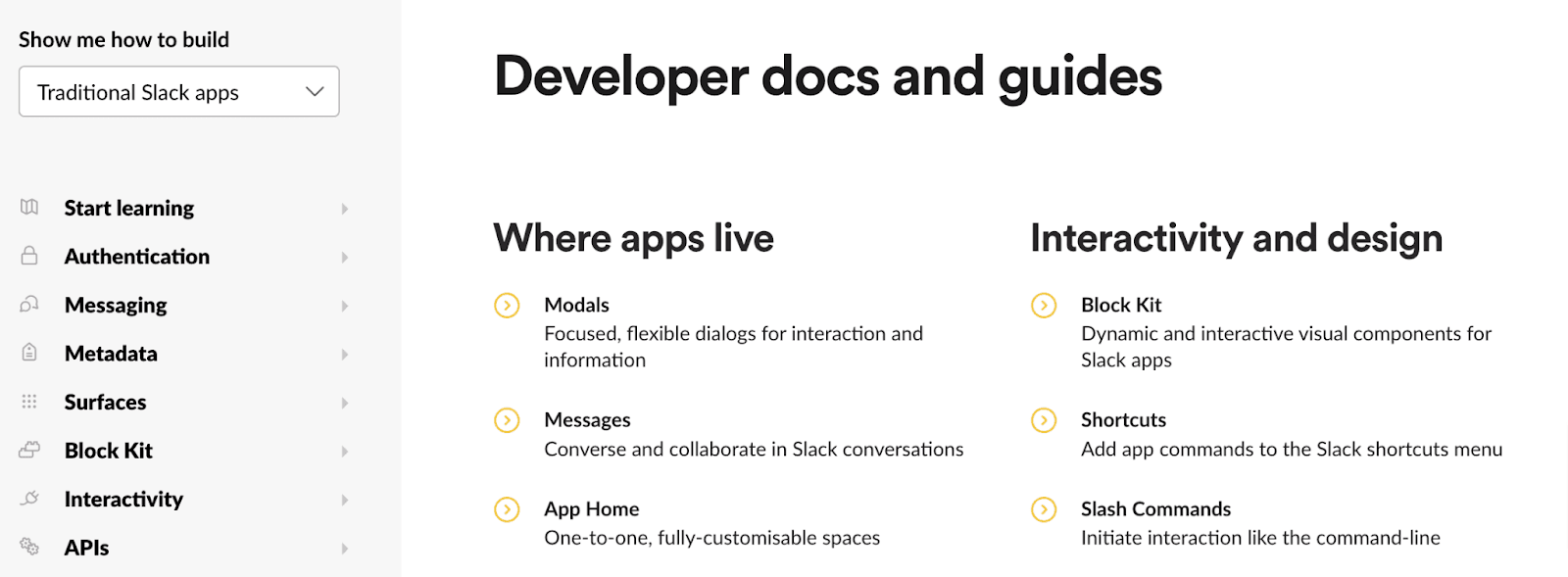
Source: Slack
Yellow arrows indicate the buttons on the right-hand side, while bold text and graphics accompany the left-hand buttons.
Despite the flat design, there are visual elements whose purpose is to clearly mark the buttons.
Now imagine if there were no yellow arrows, bold text, or graphics. It would be challenging to recognize the buttons, automatically hindering navigation.
As you can see, it’s worth paying close attention to your button design and other UI elements.
Besides design choices, technical factors can also harm the usability of the documentation.
Here are some examples:
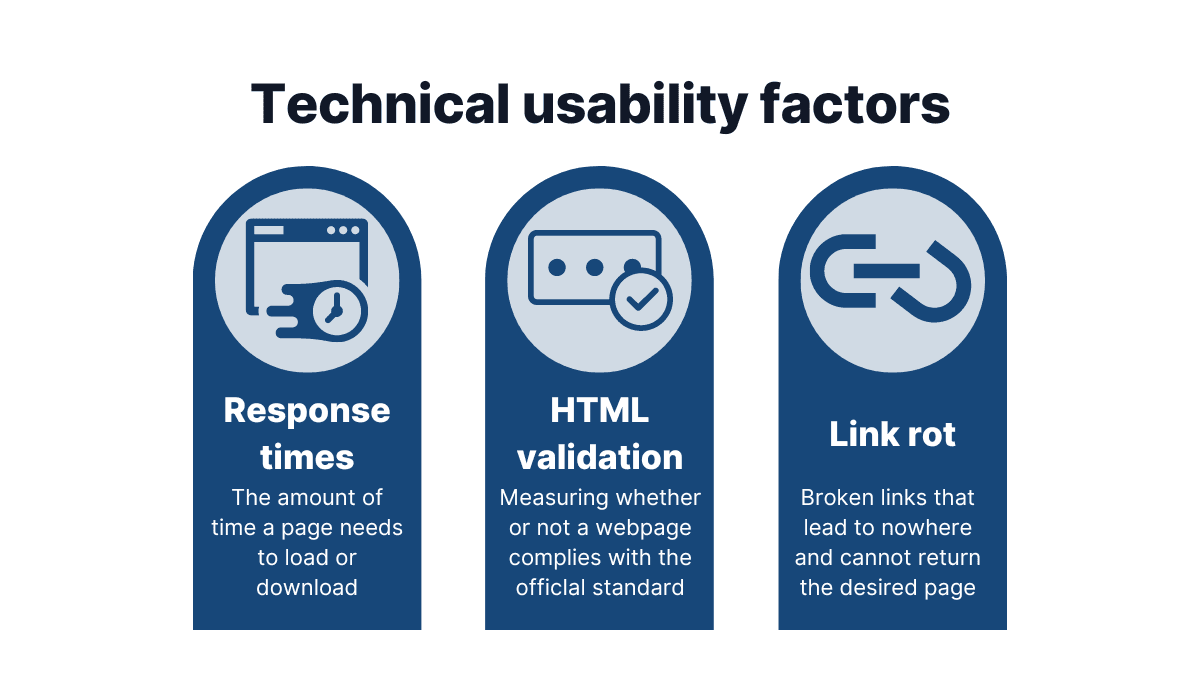
Source: Archbee.com
No user enjoys waiting for a web page to load. For maximum usability, your technical documentation should have fast response times.
Illegal HTML is also concerning, as it can result in problems for your users. For example, some attributes might not be supported in all browsers.
It’s crucial to monitor link rot as well. Clicking on a link only to be presented with a 404 error is the opposite of user-friendly.
Besides technical and design issues, there’s one more essential aspect to consider: accessibility.
Any inaccessible documentation instantaneously reduces usability, as an entire user base cannot utilize the texts.
Furthermore, such inaccessible texts would violate section 508 of the ADA, which states:
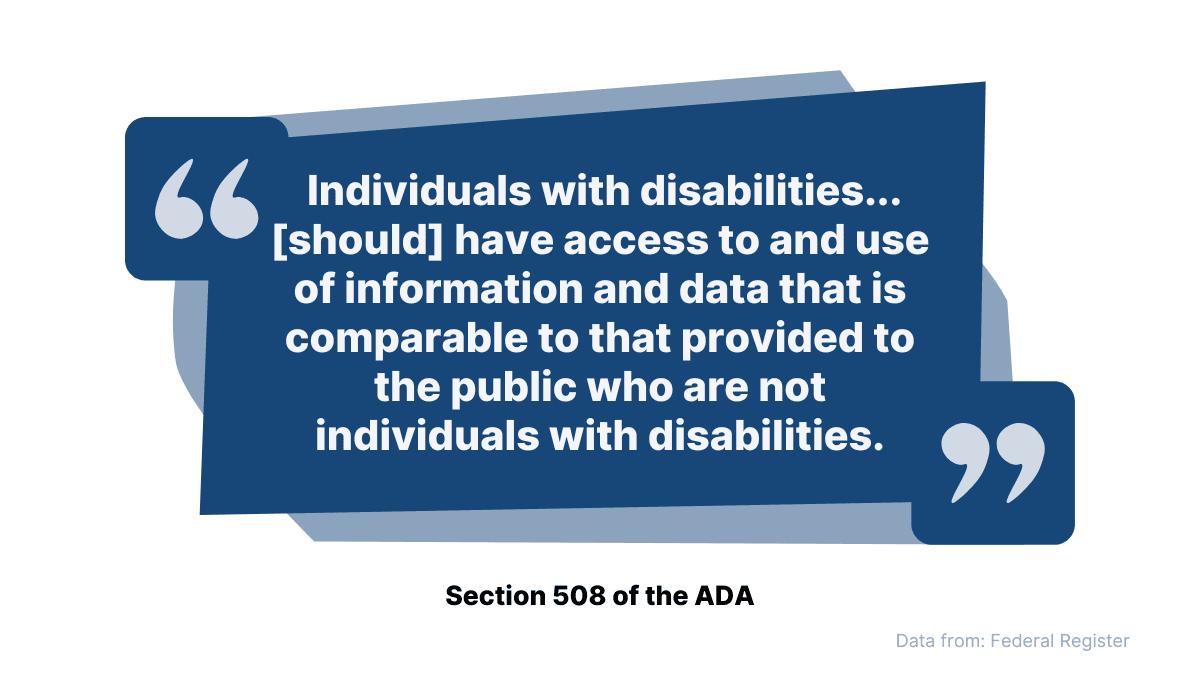
Source: Federal Register / Image: Archbee.com
Therefore, when composing your technical documentation, ensure that the platform is optimized for all individuals, especially those with disabilities.
Otherwise, you’re unintentionally segregating an entire audience segment and ultimately hindering your document’s usability.
How to Evaluate the Usability of Technical Documentation
When composing technical documentation, certain components can make or break usability. These same characteristics are often an ideal medium for evaluating it.
For example, content structure is a deciding factor. No user wants to read your complete documentation to find the specific information they need.
There’s no sense in making them study the API endpoints or custom CSS options if they only want to learn about integrations.
Documentation organization helps users avoid having to sift through too much information. We suggest you to design and structure your documentation properly.
Topics should be grouped under applicable headings, and similar headings should follow one another. This creates a logical flow users can easily navigate.
For example, look at Splunk’s documentation:
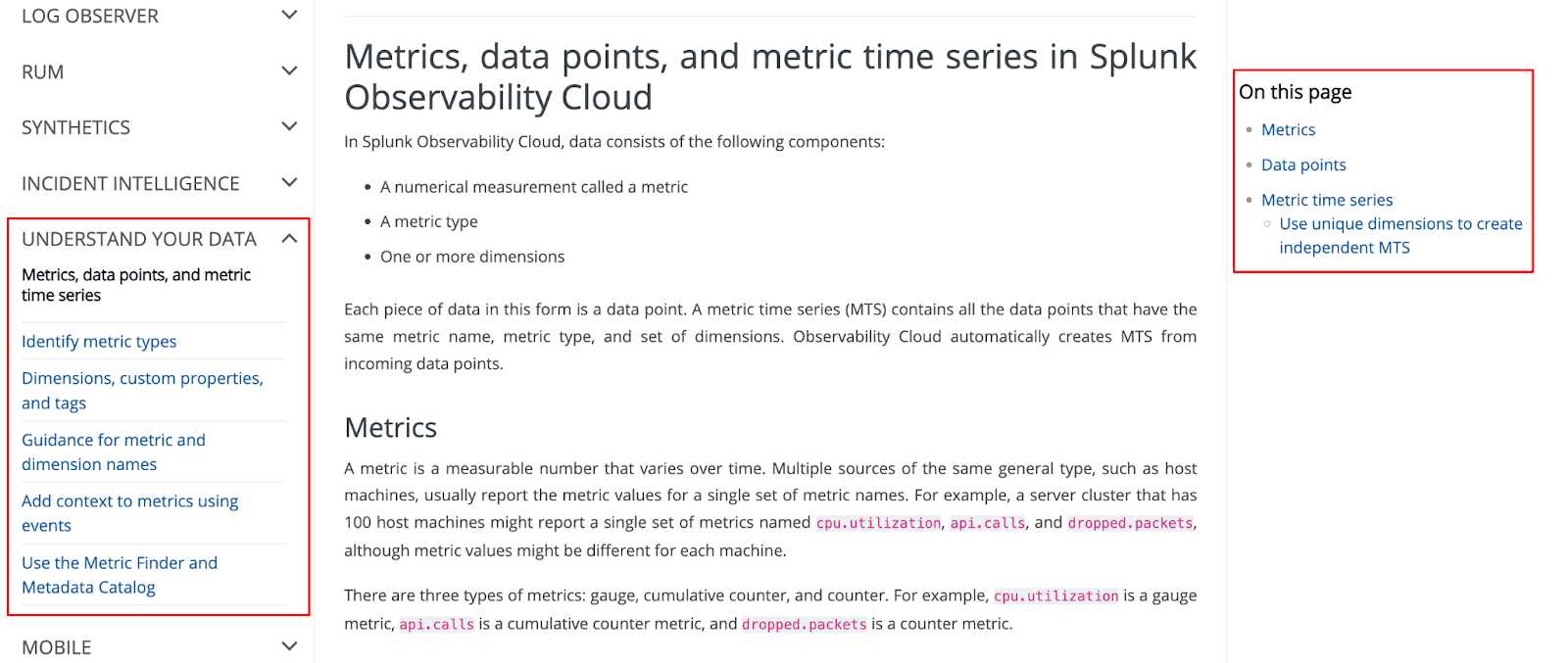
Source: Splunk
There are two tables of contents. The one on the right highlights the article’s structure so users know what information the article contains.
The one on the left, however, displays how the article fits into the broader documentation topics, allowing readers to easily navigate different subject matters.
Given the benefits of well-organized and well-designed documentation, it’s no wonder that content structure is a critical characteristic to examine when evaluating usability.
Next, readability is a huge usability determinant. Your text should be clear and understandable; users shouldn’t take more than one read-through to digest it.
To evaluate readability, it’s worth using an online editing tool such as Hemingway, which not only assesses your readability, but also offers suggestions to simplify the language.
Here’s what it looks like:
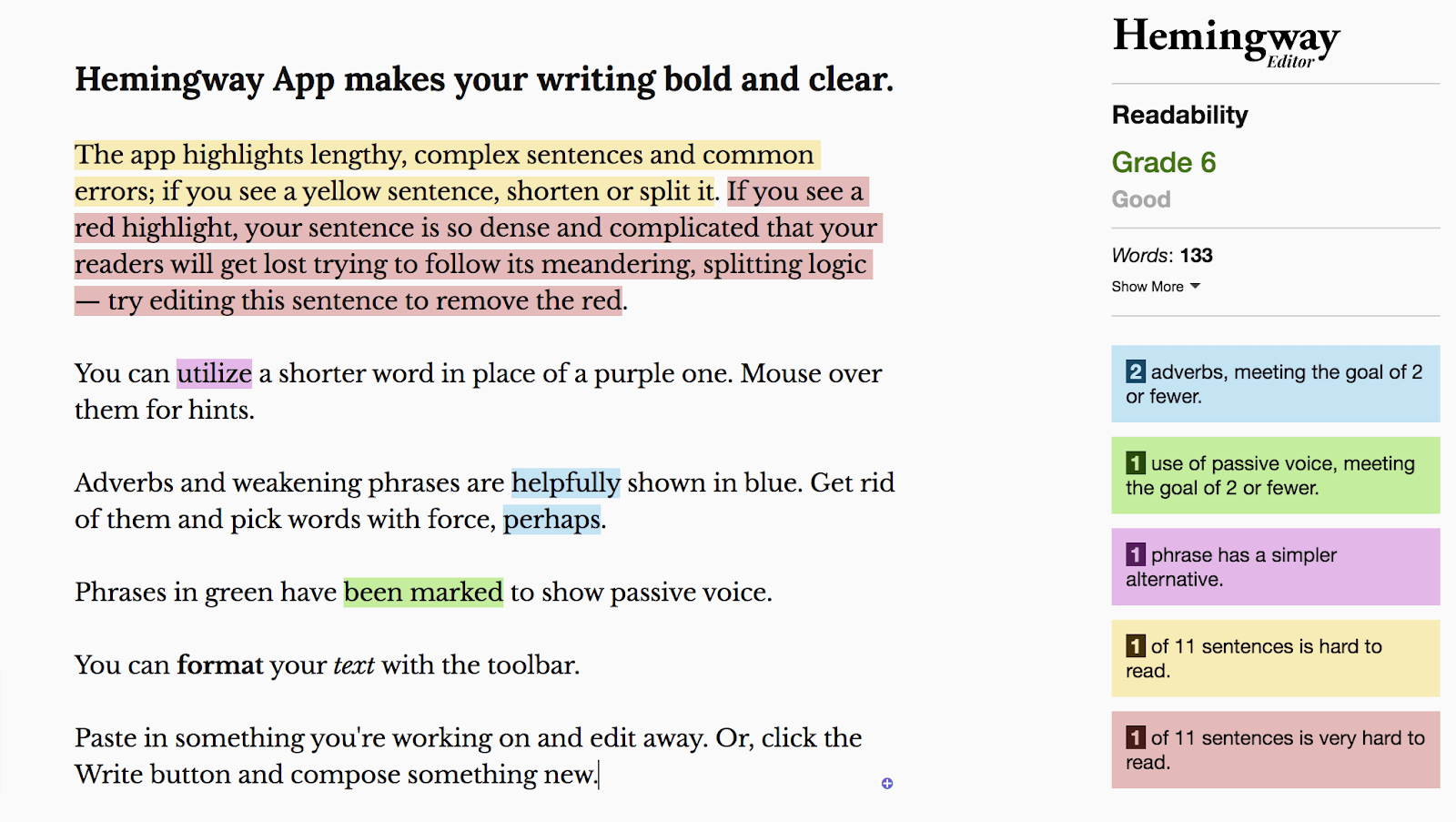
Source: Hemingway
Complex sentences are highlighted in yellow and red, accompanied by alternative suggestions. With this tool, readability in your technical documentation will improve, and with it, its usability.
Besides readability, media use is also indicative of your documentation’s usability.
Images and videos significantly increase knowledge transfer and retention, as studies have proven visual content facilitates learning.
In most cases, media is simply more digestible than simple text. Tom Johnson, a senior technical writer at Google, once mentioned:
I routinely receive feedback from users saying they “enjoyed the videos.” Almost no one says they “enjoyed the manual.”
With visuals, you can showcase examples, illustrate your point, and, if you include videos, literally speak to your readers.
Technical documentation gains a lot from such media, and, as a result, usability can be evaluated on how intelligently video and images are incorporated into your texts.
How to Test the Usability of Technical Documentation
Although the components discussed in the previous section are superb indicators of technical documentation’s usability, having a set process is also helpful.
There are three principal testing methods for assessing usability, each effective in its own way.
For example, paraphrase testing focuses on user understanding.
This evaluation asks users to read the technical documentation and then repeat the content in their own words. If the user’s summaries are accurate, the documentation has high usability.
Here are some key points to track:
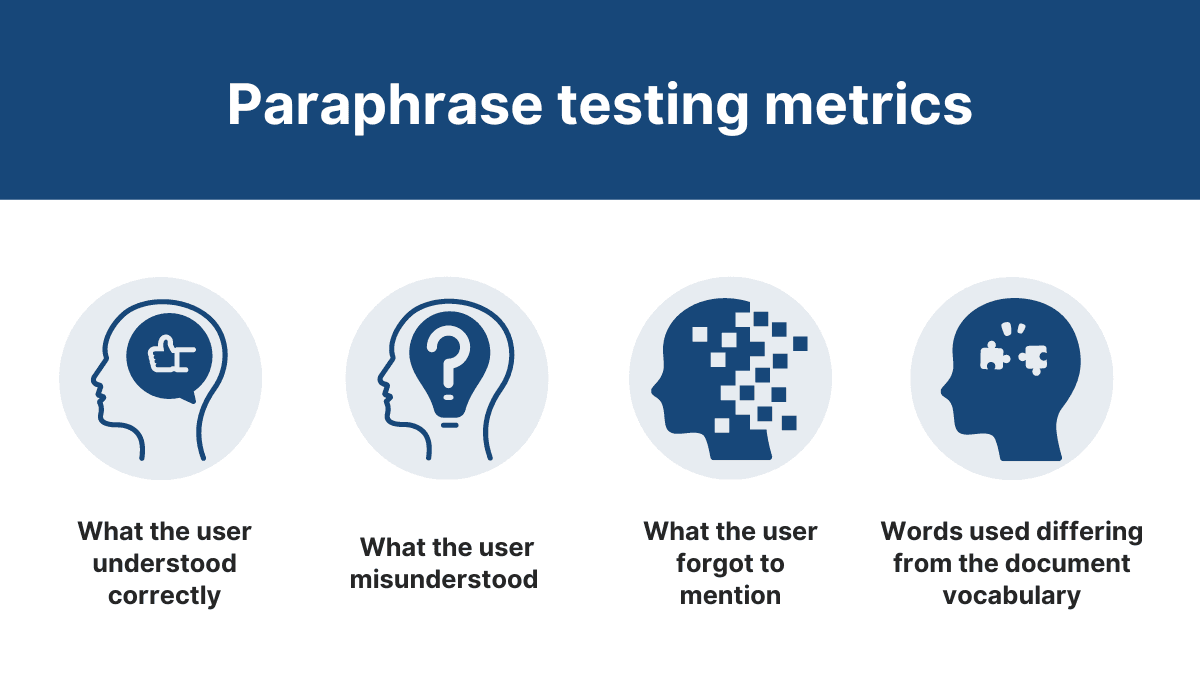
Source: Archbee.com
The concepts the user understood are indicators of high usability, and those sections can remain as they are. However, anything they misunderstood should be revised.
If the participant forgets to mention anything, these sections should likely be prolonged or emphasized more, as their content is probably too short or vague to leave an impression.
Finally, watch for the ways in which the vocabulary the testers use differs from the documentation terms.
This can be a sign to choose more natural word choices or a warning that your wording is inconsistent.
However, paraphrase testing isn’t comprehensive enough to evaluate usability alone. As such, it’s a good idea to combine it with task-based testing.
This testing type asks the user to find a specific information source (e.g., the changelog). The entire approach can be summarized as follows:
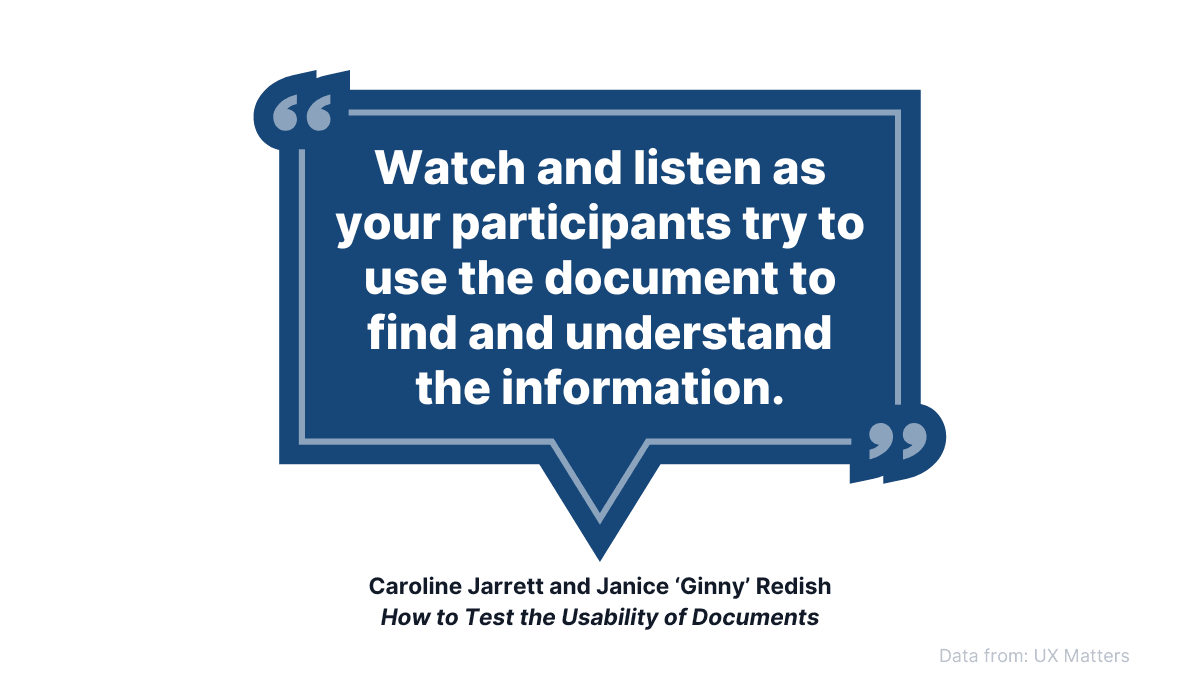
Source: UX Matters / image: Archbee.com
By observing your user’s behavioral patterns, you’ll learn how readers navigate the documentation and what paths seem most logical to them.
It’s also helpful to have the participants in the testing narrate their thought process as they search for information, as this will reveal additional insights into how users view your documentation.
And finally, the last testing method is plus-minus testing. This technique assesses documentation as a whole, evaluating every component.
Here’s the methodology:
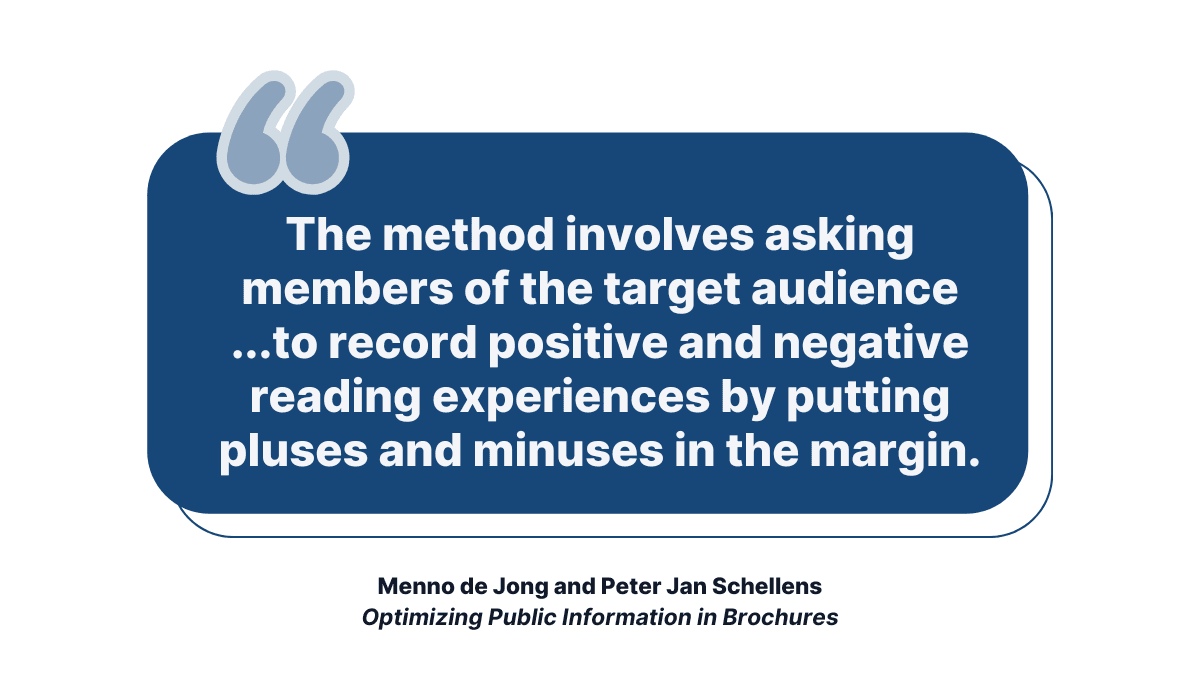
Source: Optimizing Public Information in Brochures / Image: Archbee.com
Participants are asked to explain their rationale for each plus and minus after writing these annotations.
This is the most thorough approach, as readers have the opportunity to discuss every documentation component and elaborate on their reasoning.
Whichever of these assessments you choose, you’ll have a surefire way to test your document’s usability and ensure its high quality.
Conclusion
Technical documentation is written for your end-users. Its purpose is to enable users to learn more about the product and answer any questions they have.
Consequently, the usability of technical documentation is essential. You want to ensure users can find information quickly and understand it easily.
High usability empowers users to get the most value possible out of software.
To achieve this, it’s essential to know how to evaluate your documentation and recognize signs of poor practices. It’s also a good idea to have a formal testing process in place.
Whatever measures you take, make usability a priority—your users will thank you.
FAQ
Frequently Asked Questions
Usability is how quickly and effortlessly someone can find, understand, and apply your documentation to accomplish a specific task—and remember it later. Highly usable docs are learnable (even complex ideas are explained clearly), memorable (key steps stick), efficient (answers are easy to locate and act on), accurate (no errors or dead links), and pleasant to use. Strong information scent—clear titles, concise summaries, and helpful navigation cues—also signals good usability.



